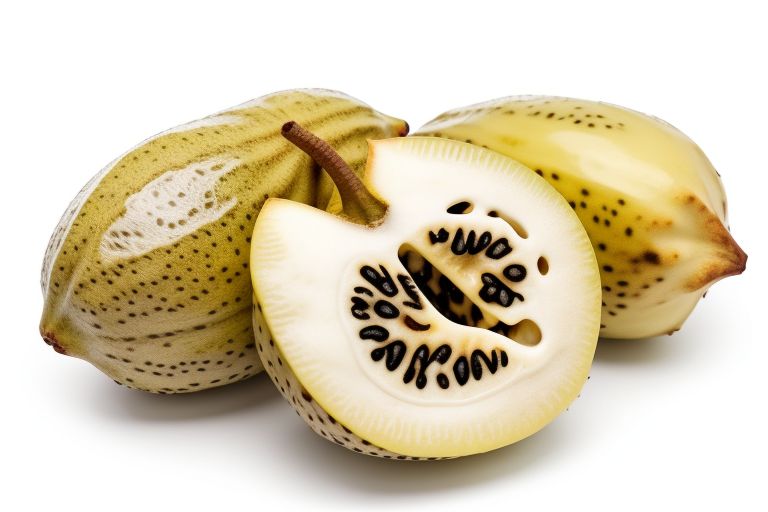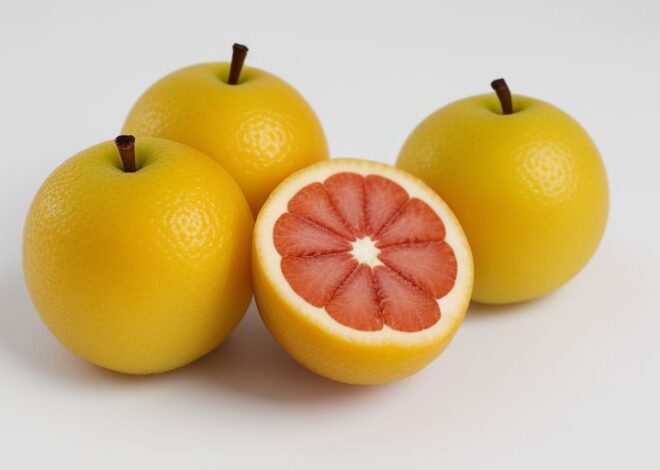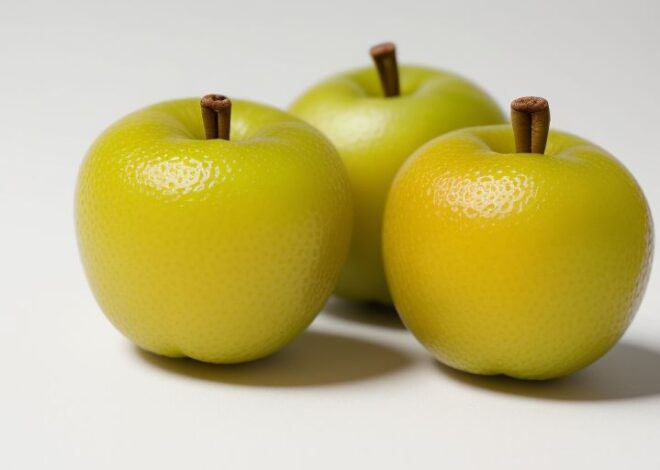
Soursop
Introduction
Soursop, also known as Graviola, is a tropical fruit native to the Americas and the Caribbean. Its unique flavor, nutritional benefits, and medicinal properties have made it a popular fruit worldwide. In this article, we will delve into the history, characteristics, cultivation, uses, and cultural significance of Soursop.
Etymology
The name “Soursop” comes from the French term “sour-sap,” referring to the fruit’s acidic taste. In Spanish, it’s called “Guanabana,” while in Portuguese, it’s known as “Grapefruit” (not to be confused with the citrus fruit).
Description
Soursop (Annona muricata) is an evergreen tree that can grow up to 10 meters tall. Its leaves are dark green, glossy, and oval-shaped, while its flowers are small and yellowish-green. The fruit is a syncarp, formed by multiple ovaries of a single flower, with a soft, creamy interior and a leathery, thorny exterior.
Taxonomy and Cultivars
Soursop belongs to the Annonaceae family and has several cultivars, including:
| Cultivar | Characteristics |
|---|---|
| ‘Guanabana’ | Large fruit, sweet and juicy |
| ‘Soursop’ | Acidic fruit, often used for juice |
| ‘Cavendish’ | Small fruit, sweet and creamy |
| ‘Sugar Apple’ | Sweet and crunchy, often eaten fresh |
Distribution and Habitat
Soursop is native to the tropical regions of Central and South America, the Caribbean, and Africa. It thrives in warm, humid climates with well-drained soil.
Cultivation
Soursop trees are relatively low-maintenance and can be grown in containers or directly in the ground. They require:
- Full sun to partial shade
- Well-drained soil with a pH range of 5.5-6.5
- Regular watering and fertilization
Production and Uses
Soursop is a versatile fruit, used in:
- Juices and smoothies
- Desserts and ice cream
- Traditional medicine (leaves, bark, and seeds)
- Cosmetics and skincare products
Phytochemistry
Soursop contains various bioactive compounds, including:
- Alkaloids (annonacin, nornuciferine)
- Flavonoids (quercetin, kaempferol)
- Phenolic acids (gallic acid, ellagic acid)
Flavor
Soursop’s flavor is often described as a combination of strawberry, banana, and pineapple, with a hint of acidity.
Toxicity
While Soursop is generally safe to consume, excessive consumption of its seeds, leaves, or bark can be toxic due to the presence of annonacin, a neurotoxin.
Nutrition
Soursop is rich in:
- Vitamins C and B6
- Potassium and magnesium
- Dietary fiber and antioxidants
Culture
Soursop has cultural significance in many tropical regions, where it’s often considered a “fruit of the gods.” In some African cultures, it’s believed to have spiritual powers.
Conclusion
Soursop is a fascinating fruit, offering a unique flavor, nutritional benefits, and medicinal properties. Its versatility and cultural significance make it a valuable fruit, cherished by many around the world.
References
- Simple Wikipedia. (2024). Soursop. <(link unavailable)>
- Purdue University. (n.d.). Annona muricata. <(link unavailable)>
- ScienceDirect. (2020). Annona muricata: A review of its phytochemistry, pharmacology, and toxicology. <(link unavailable)>


